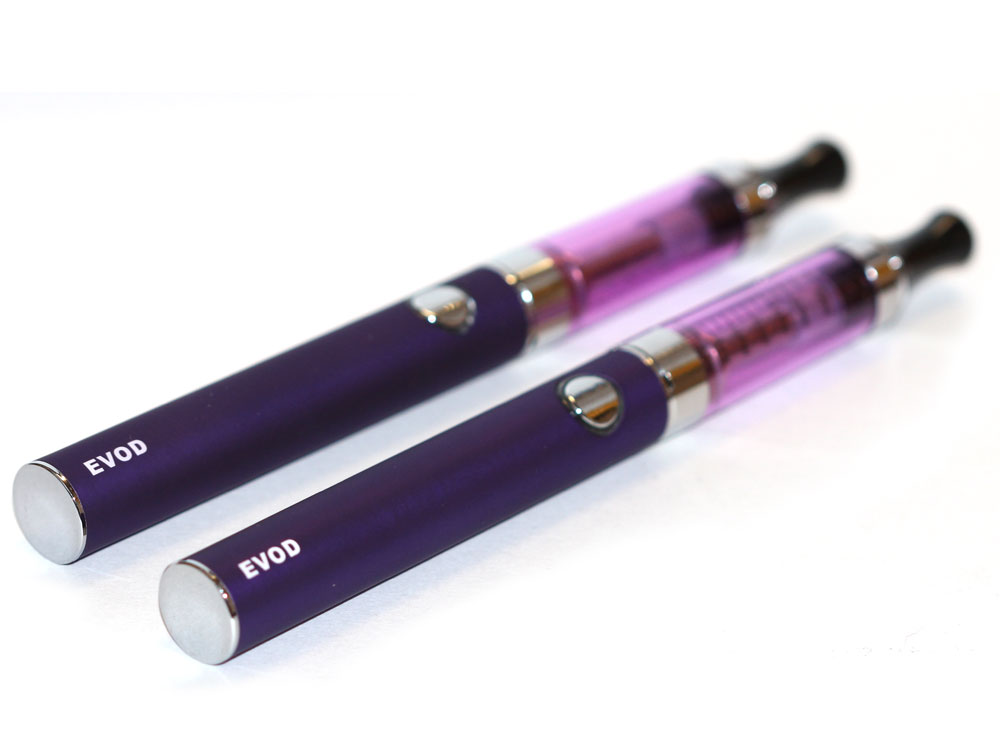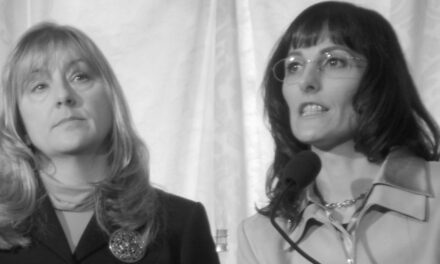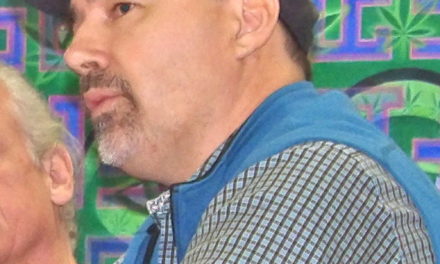December 1, 2013 By Jerry Whiting
Washington State voters passed I-502 last year, legalizing posession of one ounce for those 21 and older. No personal cultivation allowed, DUI is defined by metabolites in the driver’s blood (five nanograms per millileter), and growing, processing and retail sales would be licensed by the Liquor Control Board (LCB).
So where does the Evergreen State stand a year later? The most obvious fact is that implementation is late. Dec 6, 2013 was the initial date but the month long application period began Oct 18th. After an undetermined period of time LCB will issue licenses and licensees will have 6 months to begin using theirs. That’s the easy part.
The LCB has a difficult job. The Feds have an interest in how WA and CO implement legalization. The Aug 13 memo to federal attorneys with its eight-point list is a given but I’ll bet other suggestions have been made. Jenny Durkan, the U.S. Attorney for the Western District of Washington, has stated that the existing medical marijuana system is “untenable” once I-502 is in place. The effort to rein in, if not gut, MMJ under 69.51a is worth a separate discussion in and of itself.
There are three licenses being issued: producer (growers), processors (medibles, tinctures, concentrates, et al.), and retail. You can be both a producer/processor but if you do retail that’s all you can do. A licensee can have no more than 3 retail outlets. The goal is to avoid not only vertical monopolies but to encourage small businesses.
When cannabis moves from one license level to another it incurs at hefty 25% tax. If a grower sells to a processor who then sells to a retailer, it’s taxed thrice at 25%. Smart growers and processors are applying for both licenses as producer/processors to avoid the additional 25% tax.
There are 3 levels of grower licenses based on canopy size. Plants must be grown compliant with USDA organic standards. Both indoor and outdoor grows are allowed. An unlimited number of grower and producer licenses can be awarded.
There will be 334 licensed retailers with 1 license awarded for each county (like the Senate) and the rest apportioned by population (like the House). 21 of those stores will be in Seattle.
Some cities and counties are already putting moratoriums and other roadblocks in place ahead of I-502 implementation. The potential downside is that one or more rural counties will be dry. Columbia, Ferry, Garfield, and Wahkiakum counties are only slotted for 1 store each as it is. Seattle, on the other hand, redefined 2 industrial zones as marijuana production zones with legal grows up to 20,000 sq ft.
No, it isn’t a perfect system. Goofy accomodations are being made like jumpstarting growers by allowing them to acquire plants no questions asked for 15 days after they get their license. After that, a seedling to sale tracking system must be used and new material can only be obtained from another licensee. A geneticly closed system with little room for innovation and diversity IMHO.
The real problem is that while LCB is applying pressure to the well established MMJ community it’s also throttling I-502 production to avoid leakage outside the state. On one hand they view MMJ as bootleggers yet guarantee us there won’t be enough marijuana to meet projected demand. Is it any wonder the underground market isn’t going to disappear after I-502?
Being late isn’t helping matters but the real chokepoint is that without growers with plants under active cultivation now, there won’t be anything for processors to work with or retails to sell. There will be an empty supply chain for months. And if not empty one at least a supply chain that will be drained and strained until some market balance is achieved.
Bottome line, the train has left the station. Legalization is underway. Hundreds of applications have been submitted. There’s a lot of money at stake. The cannabis community in Washington State is committed and connected. Definitely an interesting starting point for the end of Prohibtion!





